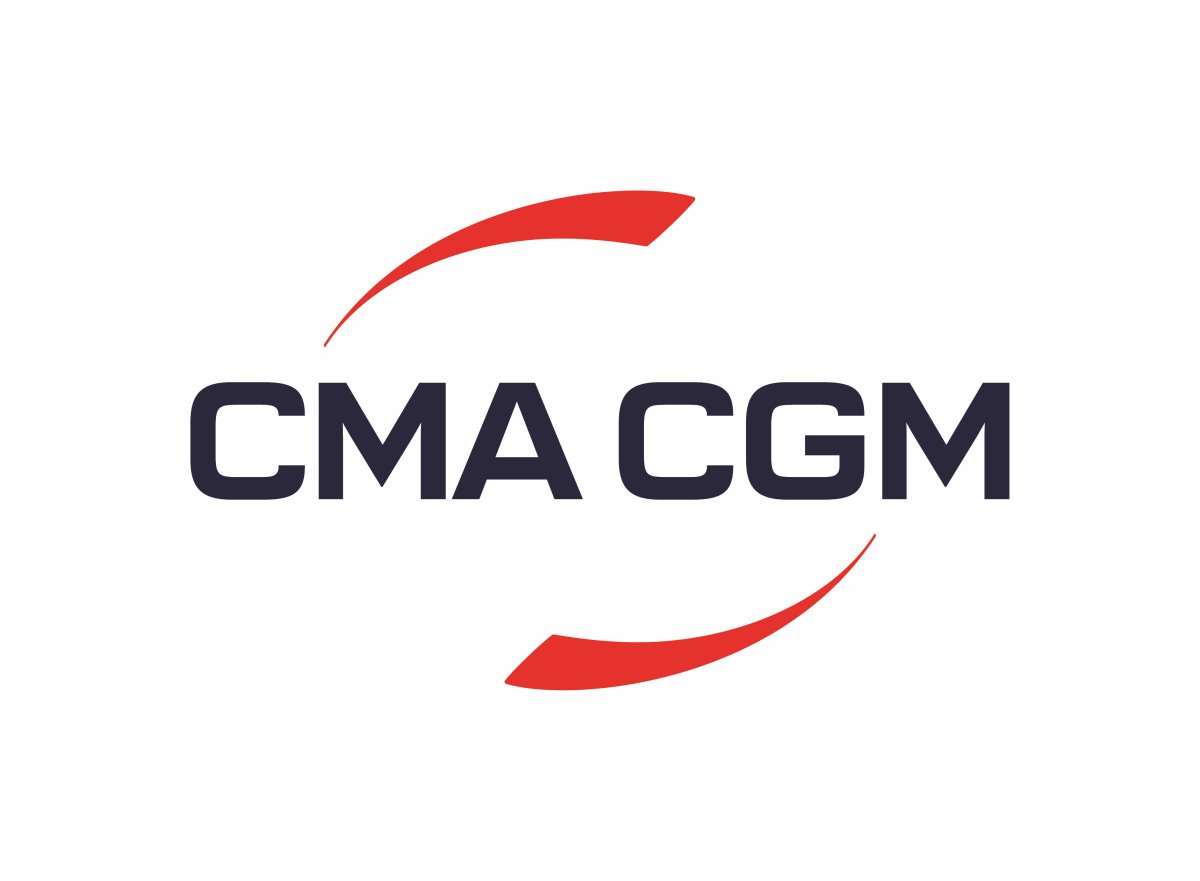A Q&A With Hyve’s Head of Video, Ulysses Venturin, for Project Cargo Professionals

Interested in how drones can help you capture striking aerial images and video of your operations? A Q&A for project cargo professionals, with Hyve’s head of video, Ulysses Venturin.
From Issue 6, 2025 of Breakbulk Magazine.
Q: First things first, do you need special permissions to fly your drone?
UV: Each area may have different permission requirements depending on the state, country and proximity to an airport. My recommendation is to use a drone under 249g, such as those in DJI’s Mini Series. These typically fall under lighter regulations. You can also check the DJI FlySafe Geo Zone Map, a global resource, to research any flight restrictions in the area before takeoff.
Q: Loading and unloading cargo is typically a very long process. What do you recommend to capture the most interesting footage?
UV: Most camera drones can film for less than an hour, so you’ll want to pick a couple of segments that tell the story of your cargo. You might choose arrival (on a ship or vehicle), a point in the heavy-lift when there is plenty of space between the lifting surface and the cargo, a mid-air shot away from the discharge point and as it settles on the waiting barge, vehicle or ground support. Be sure to bring extra battery packs.
_1.jpg) Q: Would you recommend filming at ground level with a camera, whether you’re using a phone or camera equipped to shoot video, in addition to a drone? Why or why not?
Q: Would you recommend filming at ground level with a camera, whether you’re using a phone or camera equipped to shoot video, in addition to a drone? Why or why not?
UV: Yes, absolutely. The drone provides stunning aerial perspectives and a sense of scale, while filming at ground level allows you to capture close-up details, textures and human activity that bring your story to life. Combining both viewpoints makes your final video much more dynamic and engaging.
Q: Any special settings for the drone?
UV: Yes. I recommend filming in D-Log, 4K resolution and 30 FPS for high-quality footage that’s easy to color grade later. Set the shutter speed around 1/100 and above while keeping the ISO as low as possible to reduce noise and maintain crisp image quality. I would also recommend using ND filters if filming during sunny days to avoid overexposure.
Q: What are the ideal conditions for filming outdoors?
UV: Today’s camera drones, especially the DJI Mini 5 Pro, are surprisingly capable of handling moderate to strong winds despite their small size. The main limitation is rain; you should avoid flying in wet conditions.
Q: What essential features should a drone have to take good video? What can you skip?
UV: A good drone should be able to record in D-Log and 4K resolution for professional-quality results. You can skip advanced obstacle avoidance or zoom features if you’re primarily focused on wide, cinematic aerial shots, though they can be useful for safety and creativity.
Q: What are your three top recommendations for a first-time purchase?
UV: I recommend the DJI Mini series of drones, which fall into the camera drone category, often considered consumer-level or prosumer drones. They are lightweight, compact, beginner-friendly, but still capable of producing high-quality video and photography. All meet the 249g weight limit.










-(1).jpg?ext=.jpg)

_2.jpg?ext=.jpg)







